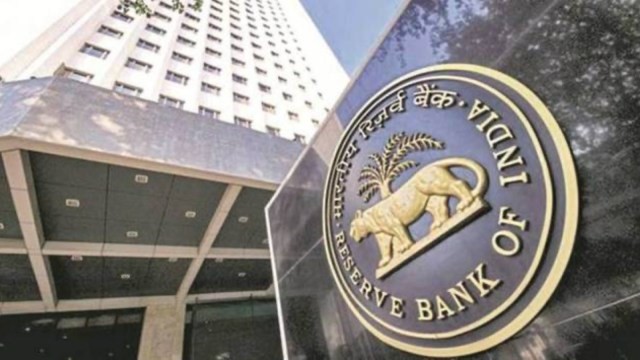India’s Sovereign Green Bonds: Challenges and Prospects

- 18 Feb 2025
Context:
India’s Sovereign Green Bonds (SGrBs) are a key instrument to mobilize resources for climate-resilient infrastructure and sustainable development. However, despite their potential, the bonds have struggled to attract robust investor interest, thereby limiting the government’s ability to secure a meaningful greenium—a lower cost of borrowing that typically incentivizes green finance globally.
What are Sovereign Green Bonds?
SGrBs are debt instruments issued by the Government of India to raise capital for projects that contribute to environmental sustainability and low-carbon development. They are part of India’s broader green financing strategy to meet its Net Zero target by 2070. These bonds are issued by the Ministry of Finance, under the oversight of the Department of Economic Affairs (DEA), and are guided by India’s Green Finance Framework, aligned with global green bond principles.
Application of Funds:
The proceeds from SGrBs are earmarked exclusively for green projects, ensuring transparency and impact-based investment. Key sectors financed include:
- Electric Locomotive Manufacturing (largest beneficiary through the Ministry of Railways)
- Urban Mobility: Metro rail and public transport systems
- Renewable Energy: Solar, wind, and the National Green Hydrogen Mission
- Afforestation: Under the National Mission for a Green India
- Grid-Scale Solar Projects, though allocations here have been curtailed due to fiscal constraints
Performance and Allocation Trends:
India raised ?16,000 crore through SGrBs in FY 2022–23 and ?20,000 crore in FY 2023–24. For FY 2024–25, ?16,697 crore has been raised so far. However, due to muted investor demand, the revised fundraising estimate has been reduced from ?32,061 crore to ?25,298 crore. A fiscal gap of ?3,600 crore will be met through general revenue, reflecting limited success in expanding green finance.
Challenges:
- Weak Greenium: Indian SGrBs offer little to no financial advantage over conventional bonds, with greenium as low as 2–3 basis points. Globally, it averages 7–8 basis points, still modest but relatively attractive.
- Low Investor Demand: Several bond auctions witnessed under-subscription. For instance, ?7,443 crore worth of bonds were devolved to primary dealers in recent auctions due to high yield expectations from investors.
- Illiquid Secondary Market: Small issuance sizes and a trend of holding bonds till maturity restrict active trading, deterring market participants.
- Underdeveloped Sustainable Finance Ecosystem: India lacks dedicated ESG funds, responsible investment mandates, or regulatory incentives for green bond investments.
Recommendations:
- Enhance Credit Guarantees: Collaborate with multilateral institutions like the World Bank or IFC to back green bonds, enhancing their creditworthiness.
- Expand Domestic Green Investment Base: Promote ESG-focused mutual funds, offer tax incentives, and establish a regulatory framework to attract long-term green capital.
- Improve Market Liquidity: Increase bond issuance sizes and introduce market-making mechanisms to deepen secondary market activity.
- Leverage Public-Private Partnerships: Engage private players in project implementation to diversify and scale up green investment opportunities.
Conclusion:
India’s Sovereign Green Bonds symbolize a strategic shift toward sustainable development financing. While challenges persist, especially in market participation and pricing incentives, strengthening domestic financial ecosystems and leveraging global support can make green bonds a cornerstone of India’s climate financing roadmap.
